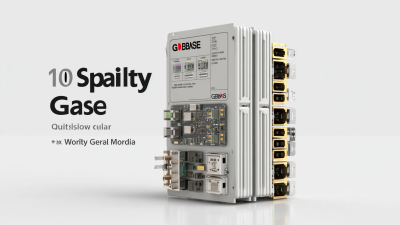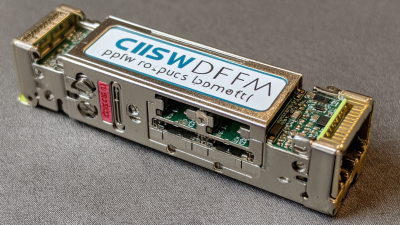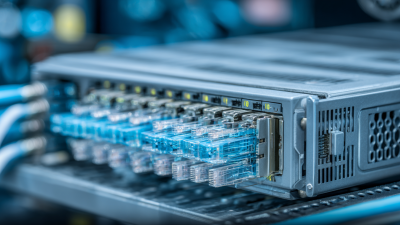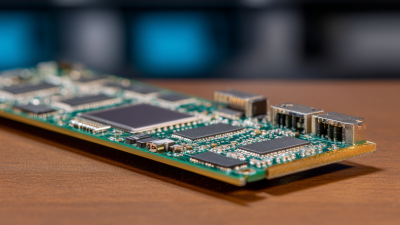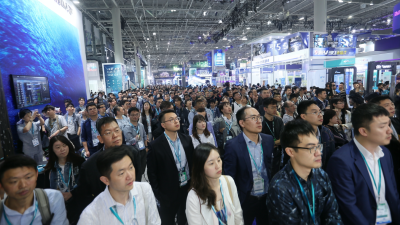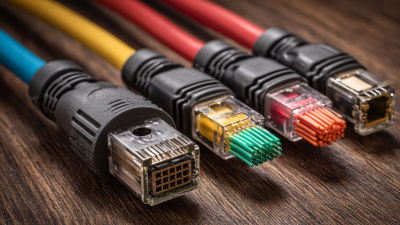Leave Your Message
The rapid evolution of data transfer technologies has led to significant advancements in high-speed connectivity solutions, especially with the emergence of the 100G QSFP28 Active Optical Cable (AOC). According to recent industry reports, the global demand for high-speed data transmission is projected to reach 3.3 zettabytes annually by 2027, driven by the exponential growth of cloud computing, IoT, and 5G networks. This growth necessitates more efficient and faster data transmission methods, solidifying the importance of 100G QSFP28 AOCs. These cables, characterized by their high bandwidth capabilities and reduced latency, are designed to support a variety of applications ranging from data centers to high-performance computing environments. As the market continues to evolve, understanding the potential of 100G QSFP28 AOCs will be crucial for organizations looking to enhance their network infrastructure and maintain a competitive edge.
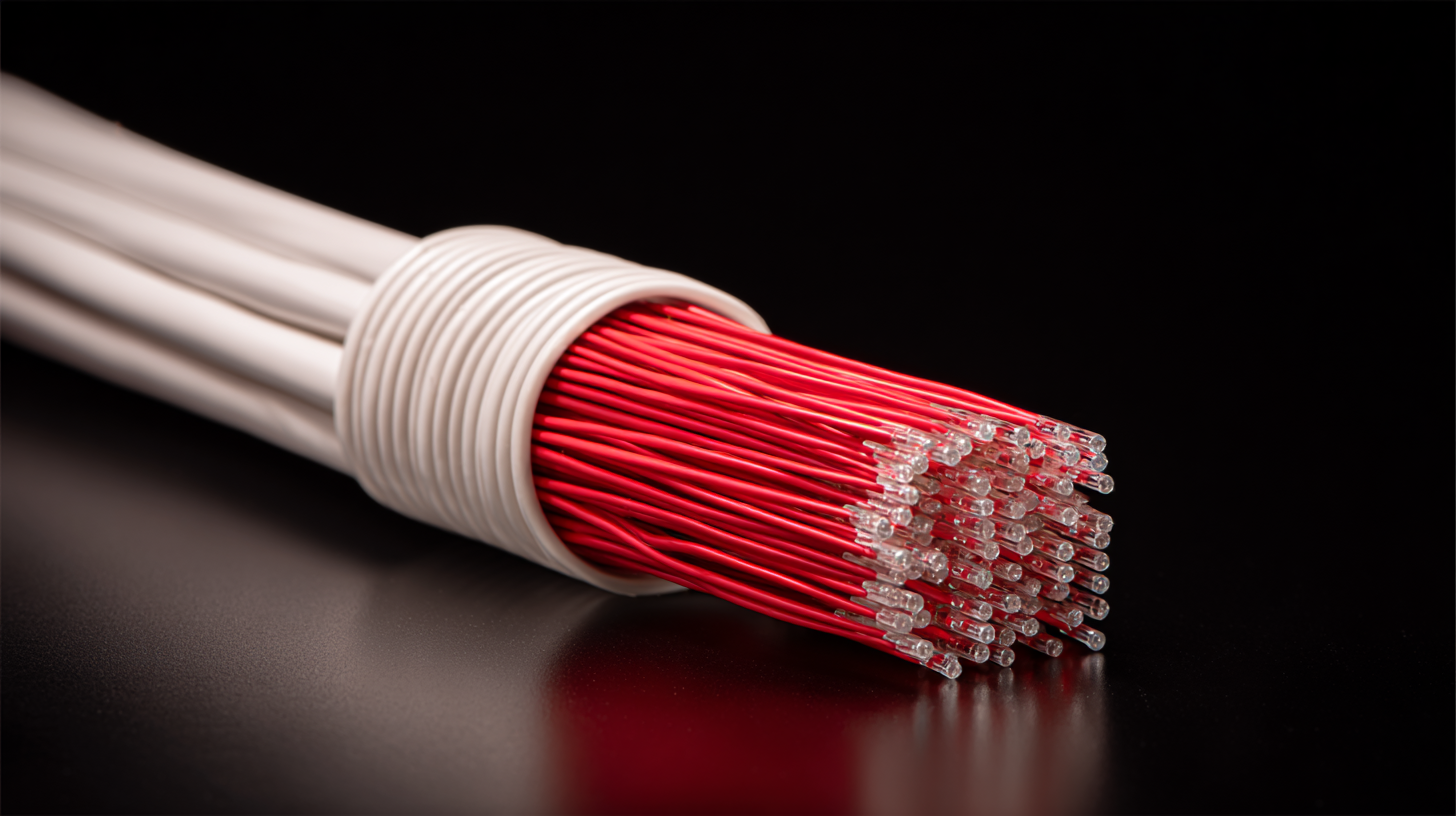
The 100G QSFP28 Active Optical Cable (AOC) stands out as a vital technology in high-speed data transfer, particularly designed for data centers and high-performance computing environments. This cable offers a combination of high bandwidth and low latency, making it an ideal choice for applications requiring rapid communication over short distances, such as interconnecting servers and switches. The QSFP28 interface supports data rates of up to 100 Gbps, and its compact design allows for high-density installations without compromising performance.
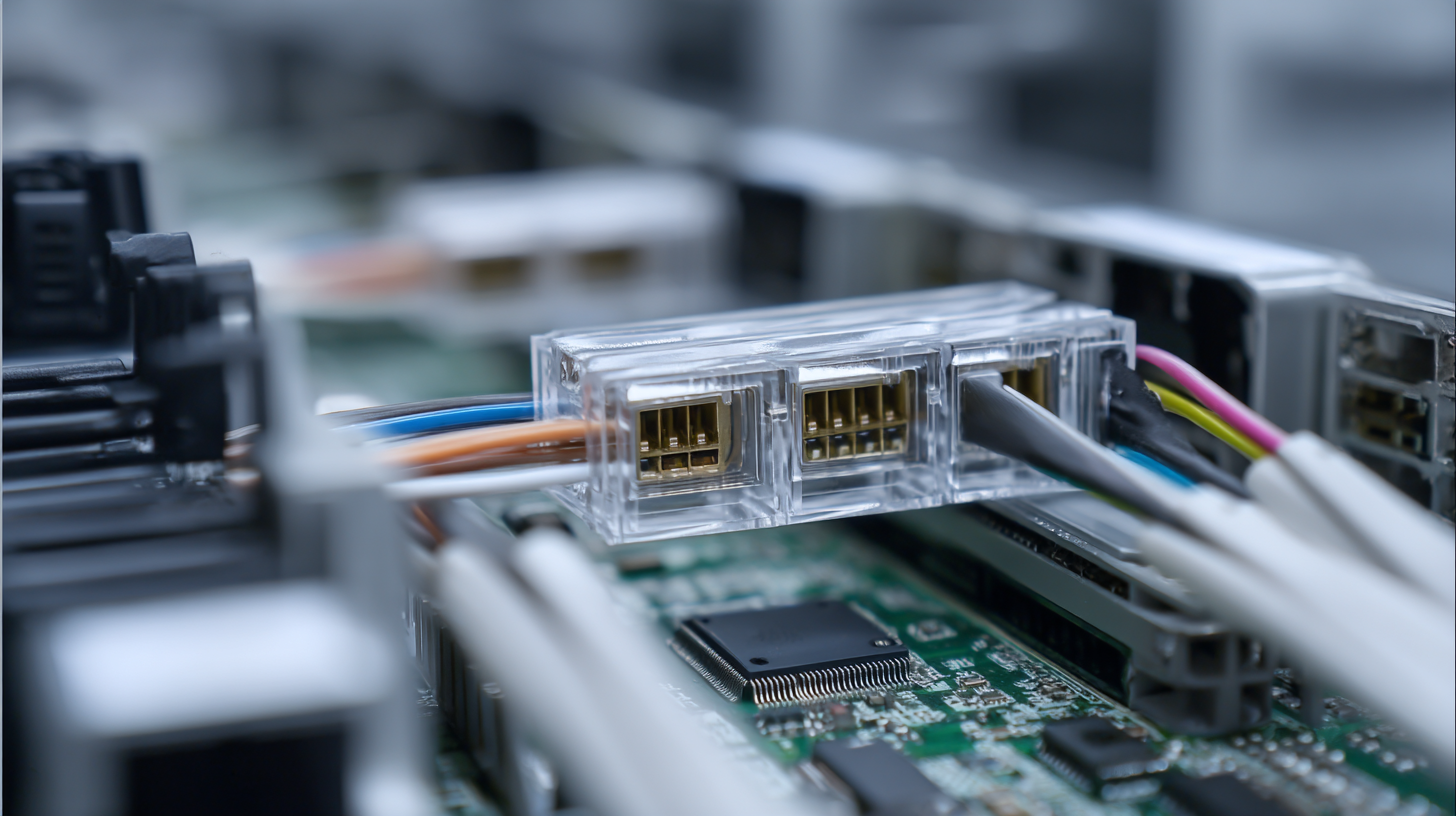
One of the key features of the 100G QSFP28 AOC is its lightweight and flexible nature, which eases installation and management in tight spaces. Additionally, these cables are powered through the QSFP28 connector, eliminating the need for an external power source and thus reducing installation complexity. AOCs also feature excellent signal integrity and minimal bit error rates, ensuring data integrity across long data transfers. As networks continue to evolve towards higher bandwidth demands, the 100G QSFP28 AOC positions itself as a fundamental component to support future-proof data transmission needs.
 When selecting the right Active Optical Cable (AOC) for your high-speed network, it's essential to consider not only the cable's performance but also the specific requirements of your data environment. As the demand for faster data transfer continues to escalate, driven by advancements in artificial intelligence and the need for efficient data centers, understanding the technological landscape becomes critical. AOCs, such as the 100G QSFP28, offer an excellent balance between speed and bandwidth, crucial for handling heavy data loads and maintaining low latency.
When selecting the right Active Optical Cable (AOC) for your high-speed network, it's essential to consider not only the cable's performance but also the specific requirements of your data environment. As the demand for faster data transfer continues to escalate, driven by advancements in artificial intelligence and the need for efficient data centers, understanding the technological landscape becomes critical. AOCs, such as the 100G QSFP28, offer an excellent balance between speed and bandwidth, crucial for handling heavy data loads and maintaining low latency.
Tips: Look for cables with a robust design that can withstand environmental stressors and ensure reliability. Additionally, focus on cables that support high-density deployments, as these are becoming increasingly important for space-constrained data centers, particularly those integrating cutting-edge AI systems.
Furthermore, evaluate the cable's power consumption and thermal performance. In the era of sustainability, selecting AOCs that offer energy efficiency without compromising performance could significantly reduce operational costs while supporting high-throughput applications. Prioritizing these factors will help you align your network infrastructure with future demands while maximizing potential investments in high-speed interconnect technologies.
When installing 100G QSFP28 Active Optical Cables (AOCs) in data centers and networking environments, attention to detail is paramount. First, ensure that the installation area is clean and free from clutter. This will help in preventing any accidental damage to the cables and will facilitate a smoother installation process. Proper organization of cables, using labeled cable management systems, can enhance airflow and reduce the chances of thermal issues that can arise in densely packed environments.
Additionally, ensure that all connections are secure and properly aligned. Misaligned connections can lead to signal integrity issues and reduced data transfer speeds. When routing the cables, avoid sharp bends and kinks, as they can compromise the performance of the AOCs. It's also advisable to use appropriate lengths to minimize excess cabling that may lead to tangling and interference. Regularly inspecting the cables for wear and maintaining an optimal environment can significantly prolong the lifespan of your 100G QSFP28 cables, ensuring high-speed data transfer remains reliable in your network infrastructure.
The evolution of high-speed data transfer has brought 100G QSFP28 Active Optical Cables to the forefront of networking technology. These cables, designed for long-distance communication, are particularly advantageous in data centers and enterprise networks where high bandwidth and low latency are critical. However, users may encounter common issues that can hinder their performance, such as connectivity problems, signal degradation, and overheating.
Troubleshooting these issues requires a systematic approach. First, ensuring proper connector insertion and inspecting for any physical damage is essential. Signal degradation can often be traced back to excessive bends or improper installations, which should be avoided. Additionally, monitoring the cable's temperature is crucial, as overheating can lead to intermittent failures. Regular maintenance and adherence to manufacturer specifications can significantly improve the reliability and longevity of 100G QSFP28 Active Optical Cables, allowing users to harness their full potential for efficient data transfer.
| Parameter | Value |
|---|---|
| Data Rate | 100 Gbps |
| Cable Length | Up to 100 meters |
| Connector Type | QSFP28 |
| Light Source | Multimode Fiber |
| Wavelength | 850 nm |
| Operating Temperature | 0°C to 70°C |
| Typical Applications | Data Centers, High-Performance Computing |
| Common Issues | Signal Loss, Compatibility, Heat Generation |
The transition toward higher-speed data transfer is currently epitomized by the emergence of 100G QSFP28 technology. This advancement marks a significant leap in the optical transceiver market, responding to the escalating demand for bandwidth driven by increasing data consumption and the proliferation of cloud services. As organizations strive to optimize their infrastructure for faster communication, the ability to achieve 100 Gbps data rates is becoming essential for modern data centers. This evolution in data transfer speeds not only enhances performance but also supports a more efficient allocation of resources in broadband networks.
Looking ahead, the impact of 100G QSFP28 technology will continue to be felt across various sectors. Advanced optical solutions are enabling enterprises to tackle the challenges posed by the rising data traffic while paving the way for future innovations. Moreover, the recent introduction of high-capacity transceivers, such as those supporting 800G connectivity, signifies a broader trend toward unprecedented data rates. This ongoing technological progression highlights the critical role that active optical cables and transceivers will play in shaping the future of high-speed connectivity, ensuring that bandwidth-intensive applications can flourish in an increasingly digital world.
